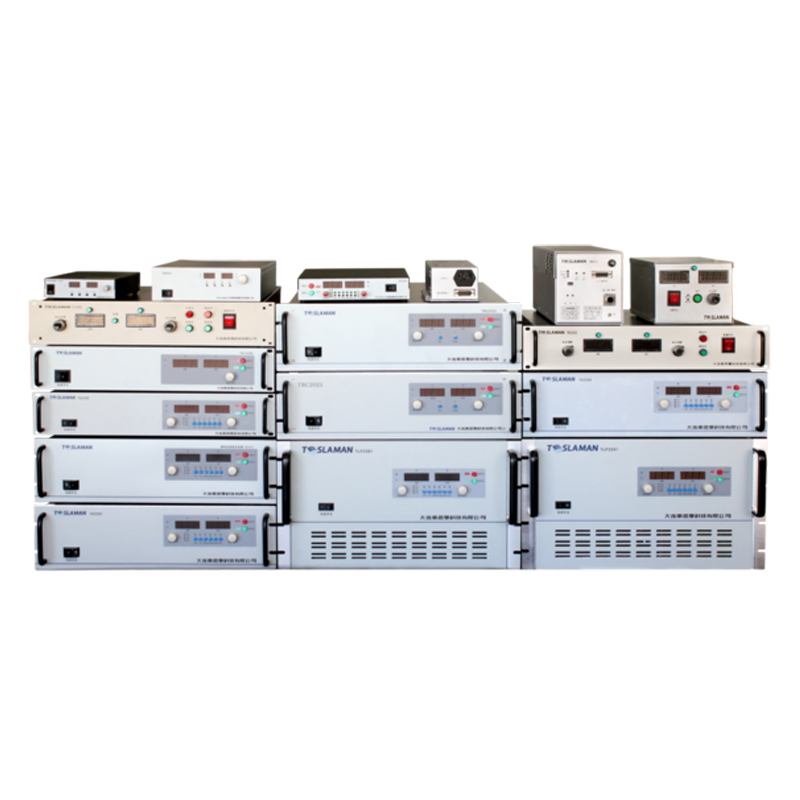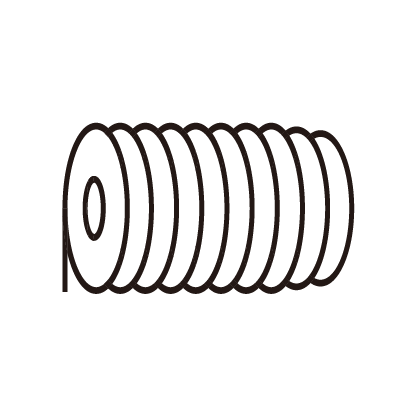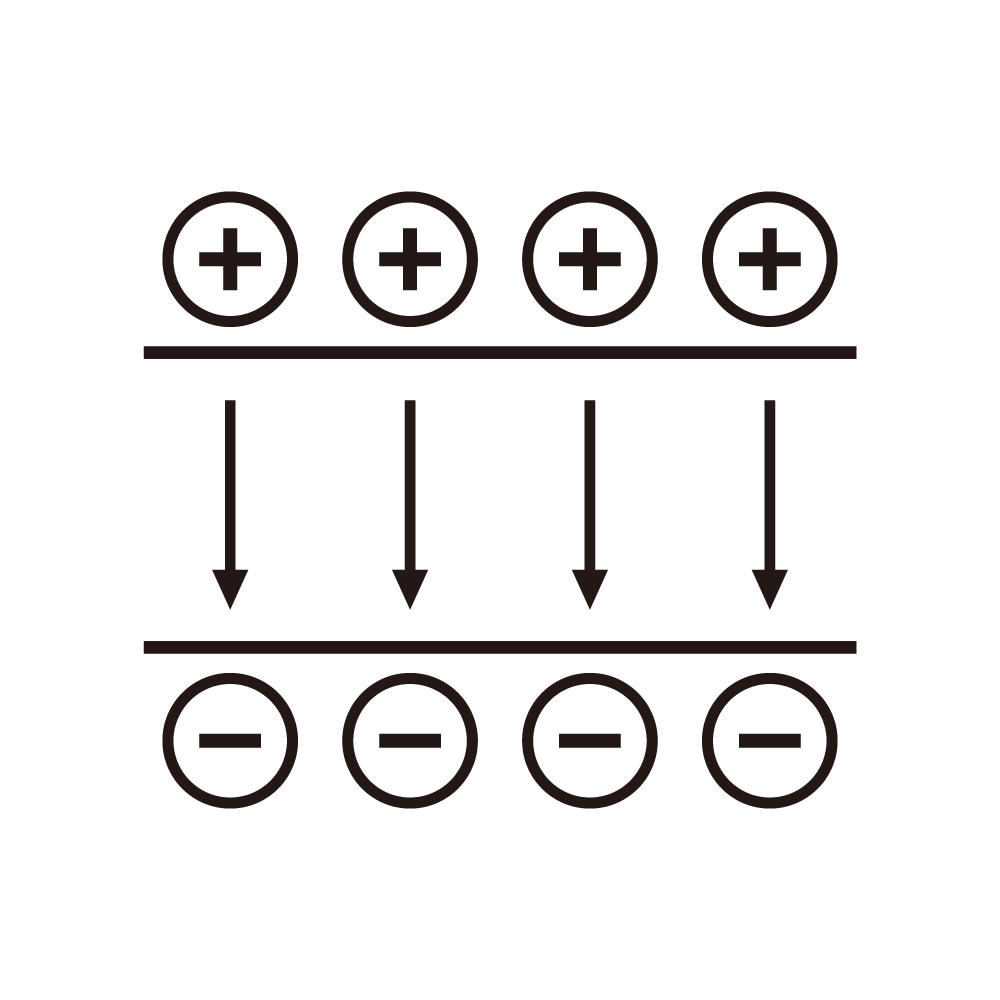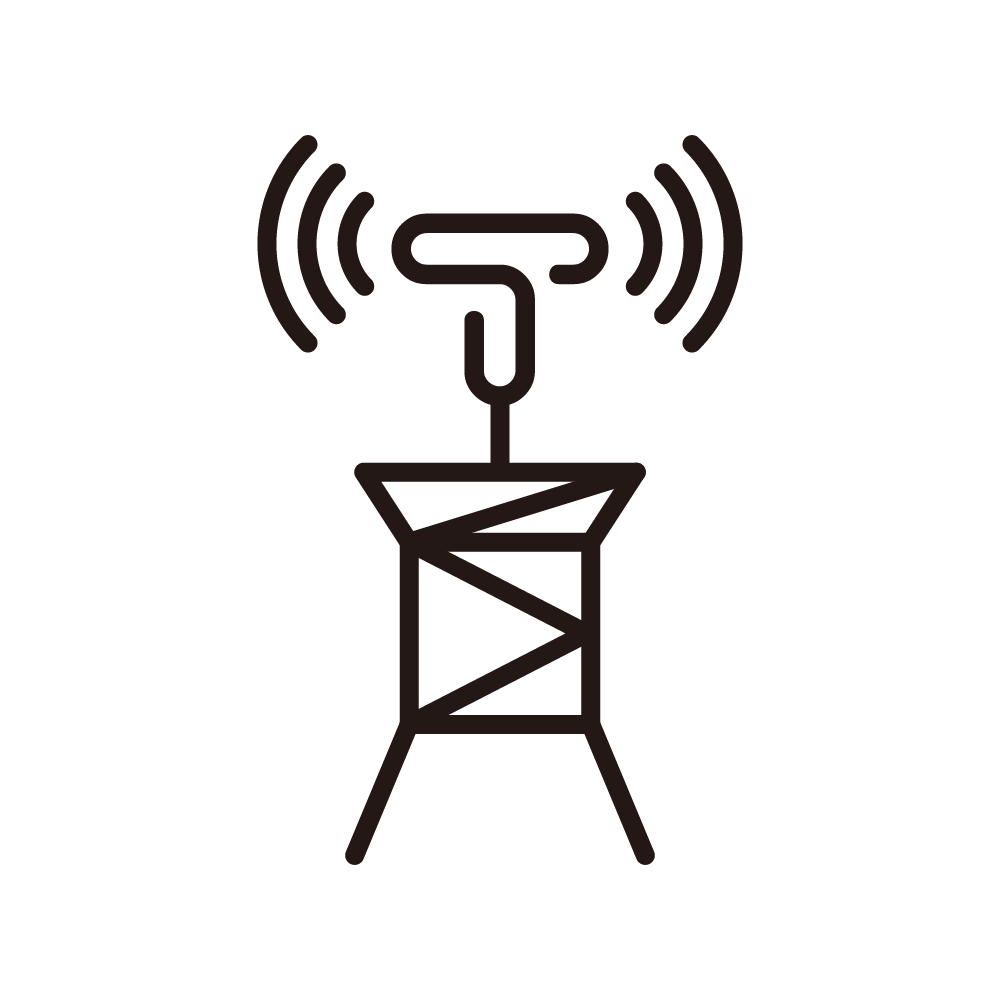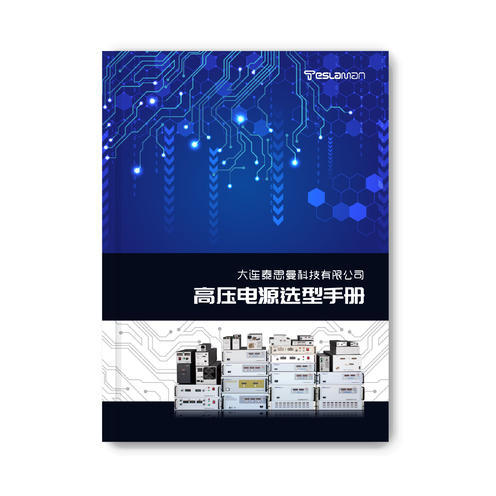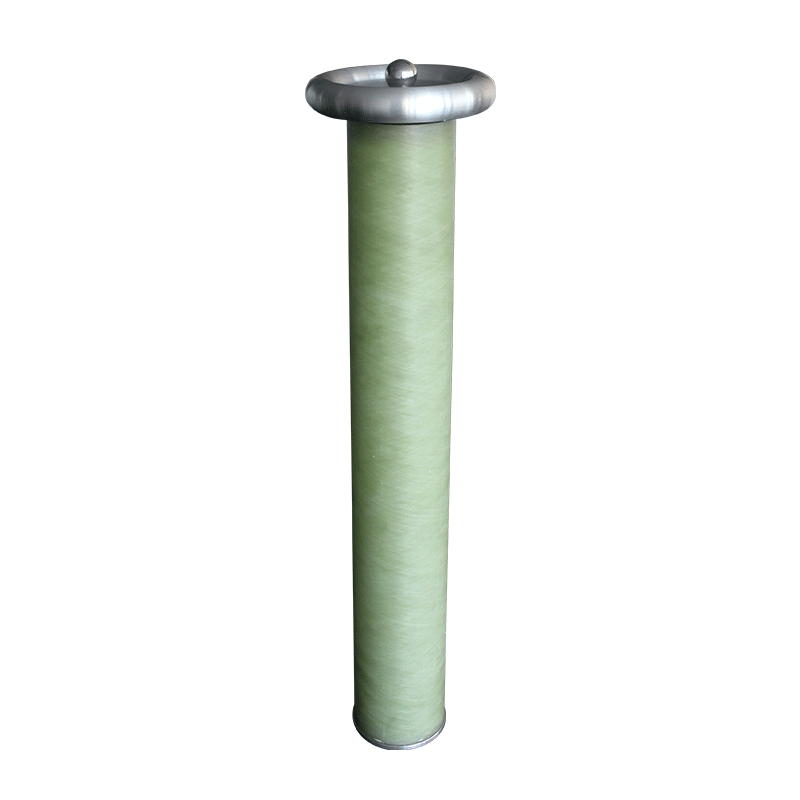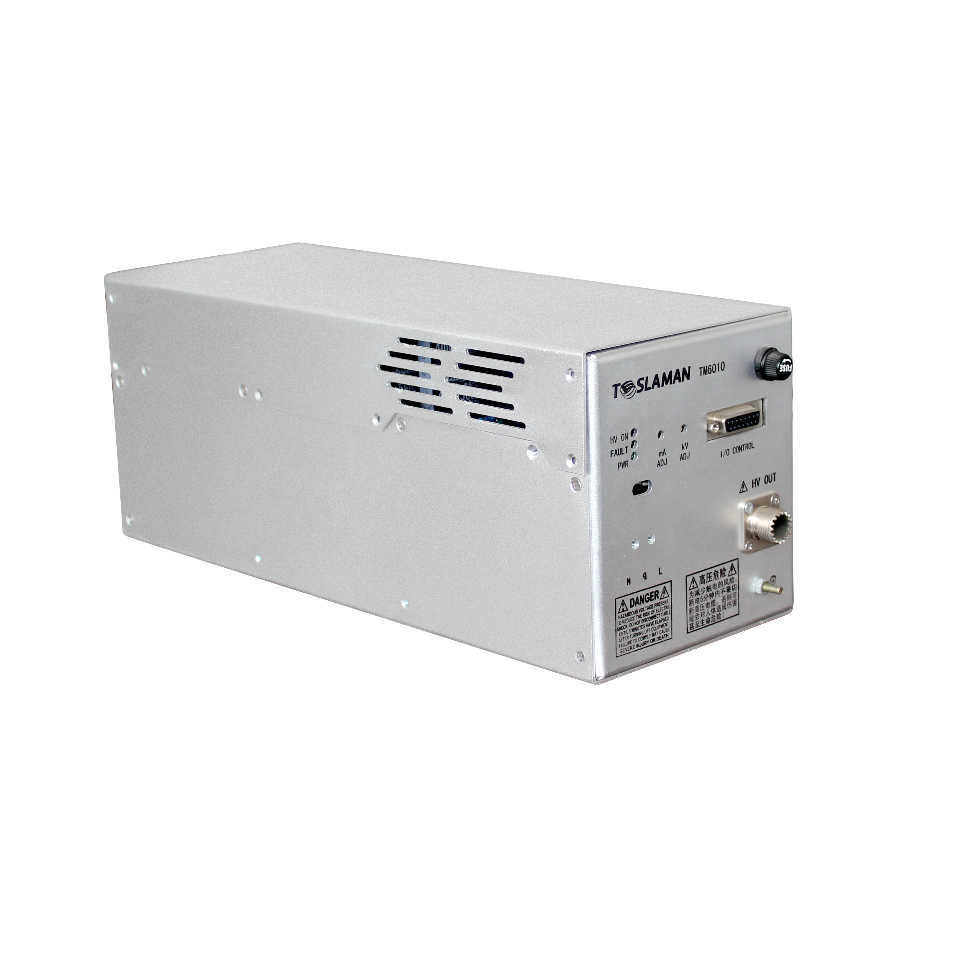Phase Stability Control During Frequency Regulation in Variable-Frequency Adjustable Power Supplies
In variable-frequency adjustable power supplies, phase stability during frequency transitions determines the precision of synchronization, waveform integrity, and load response. When the output frequency is adjusted, phase shifts or discontinuities can introduce transient disturbances or synchronization loss. Therefore, maintaining phase continuity and stability is a critical control objective.
A common approach is to employ a high-precision phase-locked loop (PLL) for frequency generation and synchronization. The PLL continuously compares the phase of the output signal with a reference and corrects deviations via the control voltage of a voltage-controlled oscillator (VCO) or a direct digital synthesizer (DDS). The loop bandwidth and damping ratio are designed to balance fast lock-in and low phase noise.
When frequency modulation occurs, abrupt frequency jumps can cause phase discontinuities. Implementing frequency ramping or slope control ensures a gradual frequency transition, maintaining phase continuity. The frequency ramp can follow a linear or exponential profile depending on system dynamics.
Predictive or feedforward compensation further enhances phase stability. When a new frequency command is issued, the controller anticipates the resulting phase deviation and pre-adjusts the PLL control signal accordingly.
For digital systems, precise timing control is critical. Sampling jitter, digital quantization, and latency contribute to phase noise. Using high-resolution timers, synchronized clocks, and interpolation algorithms can mitigate these effects.
The interaction between the power stage and load can also impact phase stability. Inductive or capacitive loads may introduce phase lag or lead, affecting synchronization. Adaptive phase compensation algorithms dynamically adjust phase offset based on load feedback to maintain phase coherence.
In multi-converter or grid-synchronized applications, phase synchronization between multiple power modules is achieved through master-slave or distributed PLL architectures. Communication delay and loop latency must be compensated to ensure coherent phase alignment.
Proper PCB layout and grounding minimize parasitic delays and phase skew. Filtering components should be selected and positioned to minimize phase shift across the desired frequency range.
Through optimized PLL control, frequency ramping, predictive compensation, adaptive phase correction, and low-latency implementation, variable-frequency adjustable power supplies can achieve precise phase stability across dynamic frequency ranges, ensuring reliable operation in complex high-voltage power systems.
